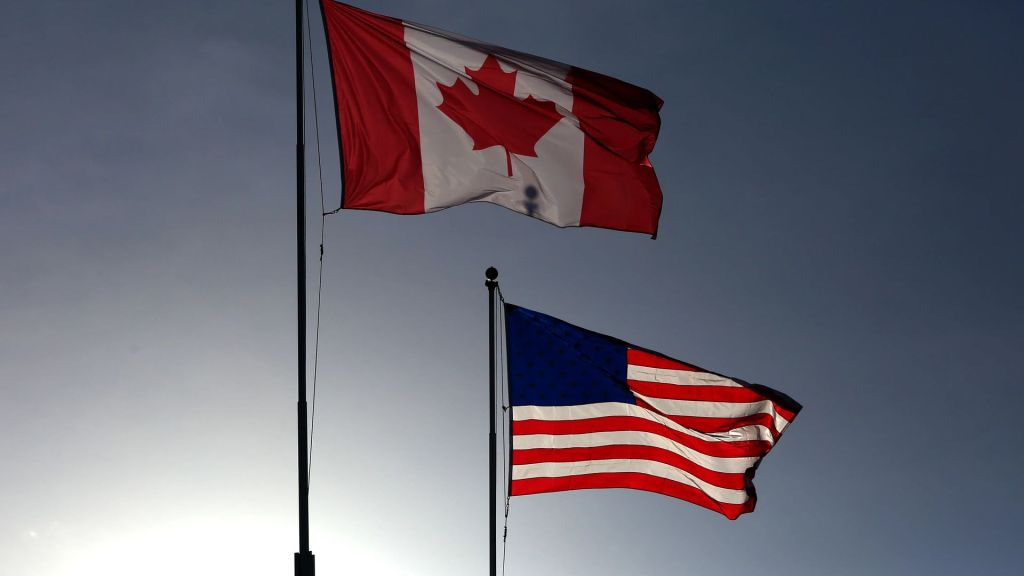[JACK ALYMER | ANCHOR]
ENERGY ON THE WATER.
FLOATING POWER PLANTS ARE BEING USED TO POWER PARTS OF AFRICA.
AND SOON, MORE THAN A QUARTER OF THE CONTINENT COULD BE RELYING ON THEM TO KEEP THE LIGHTS ON.
WHILE THESE POWER SHIPS HAVE BEEN BILLED AS A “CLEANER” SOLUTION THAN OTHER FOSSIL FUEL ENERGY SOURCES, THERE ARE CONCERNS ABOUT THEIR LONG TERM SUSTAINABILITY.
CRITICS SAY THEY’RE A SHORT TERM SOLUTION FOR A MUCH LARGER ISSUE.
ONE THAT STEMS FROM DECADES OF UNDERINVESTMENT IN ENERGY INFRASTRUCTURE.
ACCESS TO ELECTRICITY IN SUB-SAHARAN AFRICA IS THE LOWEST IN THE WORLD, WITH AROUND HALF A BILLION PEOPLE LACKING THIS VITAL RESOURCE.
AND THE PROBLEM IS GETTING WORSE. MORE AFRICANS LIVED WITHOUT POWER LAST YEAR THAN THEY DID IN 2019, AT AN INCREASED RATE OF ABOUT ONE IN 25 PEOPLE.
CURRENTLY, AROUND 43% OF THOSE LIVING ON THE CONTINENT ARE UNABLE TO ACCESS ELECTRICITY.
AND WHILE THESE FLOATING POWER PLANTS HAVE PROVIDED SOME RELIEF TO AFRICA’S MOST IMPOVERISHED, IT COMES AT A STEEP PRICE. THE WORLD BANK HAS CHARACTERIZED THE ELECTRICITY DERIVED FROM THESE SHIPS AS “COSTLY.”
ANALYSTS ESTIMATE THE POWER THEY GENERATE IS TWO-AND-A-HALF TO FOUR TIMES MORE EXPENSIVE THAN OTHER ENERGY SOURCES.
COSTS GOT SO HIGH FOR COUNTRIES LIKE SIERRA LEONE AND GUINEA BISSAU, THAT WHEN GOVERNMENT AUTHORITIES COULDN’T PAY THE BILL, THE POWER SHIPS SHUT OFF SUPPLY.
THIS LEFT HOSPITALS, BUSINESSES AND HOMES WITHOUT POWER UNTIL THE COUNTRIES MADE PAYMENTS ON THEIR OUTSTANDING BILLS, WHICH TOTALED ABOUT $55 MILLION COMBINED.
OFFICIALS WARN THESE TYPES OF OUTAGES MAY CONTINUE IF AFRICAN LEADERS CONTINUE TO LOOK TO SHORT TERM SOLUTIONS INSTEAD OF LONG-TERM INVESTMENTS.
HOWEVER, DUE TO LIMITED ALTERNATIVES, POWER SHIPS APPEAR TO BE SET FOR CONTINUED GROWTH THROUGHOUT THE CONTINENT.
ONLY 2% OF GLOBAL INVESTMENTS IN RENEWABLE ENERGY OVER THE LAST TWO DECADES WERE MADE IN AFRICA.
MEANWHILE, DESPITE THE FACT THAT AFRICA IS HOME TO ALMOST A FIFTH OF THE WORLD’S POPULATION, DUE TO INSUFFICIENT ENERGY INFRASTRUCTURE, THE REGION IS RESPONSIBLE FOR JUST 4% OF GLOBAL ELECTRICITY CONSUMPTION.
ESSENTIALLY, A NUMBER OF AFRICAN NATIONS HAVE BACKED THEMSELVES INTO A CORNER, WHERE SPENDING MONEY TO WAIT ON THE DEVELOPMENT OF NEW AND CHEAPER ENERGY SOURCES ISN’T A OPTION BECAUSE OF THE IMMEDIATE DEMANDS FOR POWER.
MEANING THESE SHIPS WILL LIKELY REMAIN A MAJOR PART OF AFRICA’S GRID FOR THE FORESEEABLE FUTURE.











